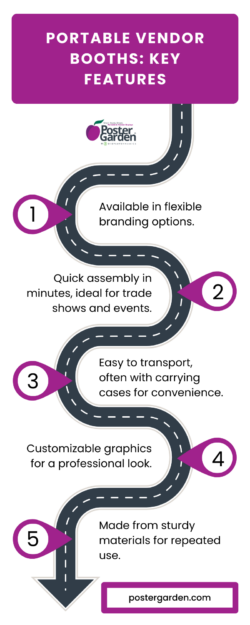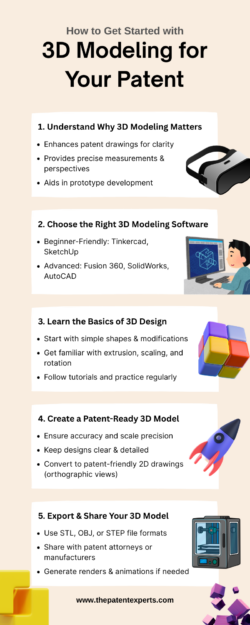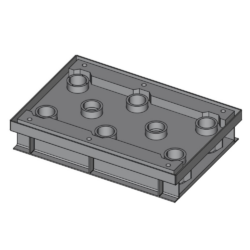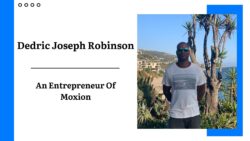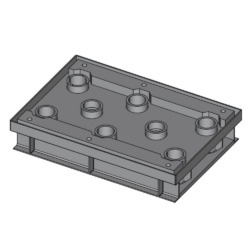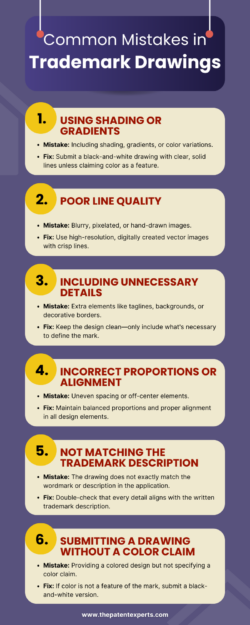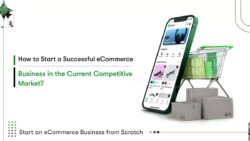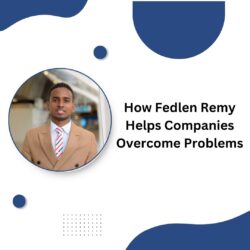How Simon Tian Became One of Canada’s Top Entrepreneurs
Simon Tian is a well-known Canadian entrepreneur, inventor, and investor. He was born in Montreal and is recognized for founding Neptune and Fonus, two companies that gained attention in the technology and telecommunications industries. At 17 years old, Simon Tian left pre-university college to focus on business, raising millions through crowdfunding and private investments.
In 2015, he received the Thiel Fellowship, a $100,000 grant awarded by Peter Thiel to support young innovators. By 2020, his estimated net worth had reached $54 million. His ability to develop new ideas, attract investors, and adapt to challenges has made him one of Canada’s top entrepreneurs.
This article explores the key factors behind his success and the strategies that helped him grow his businesses.
Early Business Ventures: The Launch of Neptune
Simon Tian founded Neptune in 2013, a company focused on creating smart wearable technology. His first major product, the Neptune Pine, was designed as a smartwatch that functioned independently, without needing to connect to a smartphone. This was different from most smartwatches available at the time, which required pairing with a phone.
To fund the project, he turned to crowdfunding. A Kickstarter campaign for Neptune Pine raised over $800,000, far exceeding its original goal. The strong response from backers showed that there was demand for innovative wearable devices.
Expanding into Telecommunications: The Creation of Fonus
After working on wearable technology, Simon Tian shifted focus to telecommunications. In 2019, he founded Fonus, a mobile service provider aimed at offering unlimited international phone plans at lower costs. The goal was to provide affordable global connectivity without expensive roaming fees.
Fonus attracted attention as a disruptive alternative to traditional mobile service providers. The company raised funds through private investors and crowdfunding, similar to Neptune’s funding approach. By promoting an affordable and flexible global plan, it appealed to international travelers and users looking for cost-effective mobile services.
Key Factors Behind Simon Tian’s Success
Several key factors contributed to the success of these ventures:
1. Identifying Market Gaps
Both Neptune and Fonus were based on the idea of filling gaps in the market. Neptune Pine introduced a standalone smartwatch, and Fonus aimed to make international mobile service more affordable. Understanding consumer demands and identifying unmet needs helped in creating unique business opportunities.
2. Using Crowdfunding and Private Investment
Instead of relying only on traditional funding methods, crowdfunding platforms like Kickstarter played a major role in financing Neptune. This allowed early supporters to contribute and helped test market interest. Additionally, private investors provided financial backing, helping to scale both businesses.
3. Adapting to Challenges
Entrepreneurship involves risks, and competing in industries dominated by global brands requires adaptability. Learning from each venture, adjusting business models, and responding to market demands were essential strategies in maintaining progress.
4. Receiving Recognition and Support
In 2015, Simon Tian was awarded the Thiel Fellowship, a program that provides funding and mentorship to young entrepreneurs. This support not only provided financial assistance but also increased visibility in the business community.
5. Entering Competitive Industries with Innovative Ideas
The technology and telecommunications industries are highly competitive. However, focusing on innovation and offering unique features helped Neptune and Fonus stand out. Introducing new business models and rethinking how products and services are delivered played a significant role in success.
Lessons from Simon Tian’s Business Strategies
The growth of Neptune and Fonus provides several lessons for entrepreneurs and business professionals:
Innovation Drives Success – Developing unique products or services can help businesses stand out in competitive markets.
Crowdfunding Can Be a Powerful Tool – Platforms like Kickstarter can help raise capital while also testing market demand.
Adaptability Is Key – Business strategies should evolve based on market trends and consumer needs.
Recognition Can Open New Opportunities – Programs like the Thiel Fellowship provide funding, mentorship, and credibility.
Market Gaps Present Opportunities – Understanding consumer pain points can lead to the development of high-demand products.
Conclusion
Simon Tian’s journey as an entrepreneur highlights the importance of innovation, adaptability, and effective funding strategies. His work in both wearable technology and telecommunications demonstrates how businesses can challenge traditional models by introducing fresh ideas. Through crowdfunding, private investments, and strategic decision-making, he successfully launched ventures that gained international attention.
His approach serves as an example of how identifying market gaps, securing alternative funding sources, and staying adaptable to industry changes can contribute to entrepreneurial success.


















